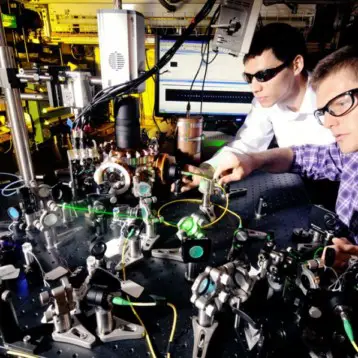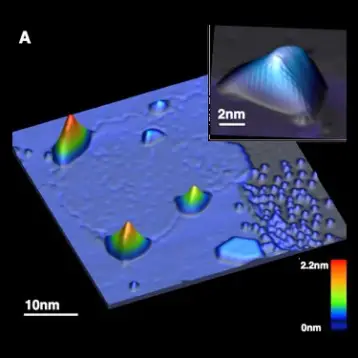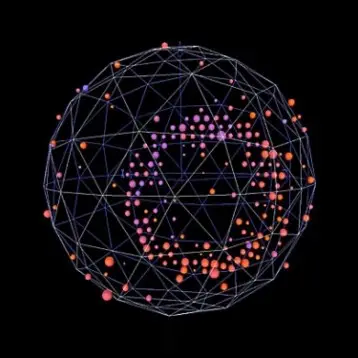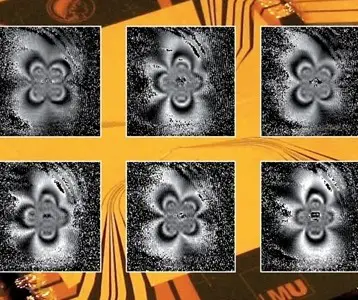|
According to the Standard Model of particle physics, the fundamental constants of nature are constant in both time and space. This is obviously very difficult to measure since experiments are confined to the observable universe. Various experiments limited to our earth to determine the proton-electron mass ratio have yielded very precise results, allowing for a change of one part to a quadrillion (that is 1 with 15 zeroes following it) over a year. But this doesn’t mean larger changes in the mass ratio couldn’t have occurred in the 13-14 billion years our universe has been around.
The new research, conducted at the Max Planck Institute for Radio Astronomy in Bonn, Switzerlandby an international team of astronomers, analyzed the spectra, particularly the ammonia spectra, observed towards the quasar B0218+357 located some six billion light years away. Quasars are extremely powerful and distant active galactic nuclei that exhibit properties common to all galaxies, including their emission spectra. Since variations in the proton-electron mass ratio would manifest themselves as shifts in the energies of particles, the spectra analysis can reveal such shifts, and subsequently, such variations.
Results show that six billion years ago, when the universe was about half its age today, deviations in the mass ratio were limited to approximately one part to a million. Assuming linear evolution of the mass ratio, this corresponds to a change of about one part to ten quadrillion, very close to the results obtained in earth experiments. The new result was achieved with a 95% confidence level and therefore is strong corroboration of the Standard Model. Further higher quality observations of the spectra can reduce the uncertainties in these measurements and lead to a more limiting value.
At first glance the result of this research seems inconsistent with recent evidence leading to a variation in the mass ratio of 24 parts in a million about 12 billion years ago. But in truth these two values cannot simply be compared because cosmological changes may affect the time and space variation of the mass ratio. More observations covering a wide time scale are necessary to determine if in fact these two results are inconsistent.
The value of the proton-electron mass ratio is one of the most important numbers in physics theory. Attaining more precise measurements and achieving more exact limitations on the ratio variation are important steps in understanding if the laws of physics have changed over time and whether or not they are uniform in space.
TFOT covered the development of the Large Hadron Collider, the world’s largest particle accelerator and located at CERN in Switzerland, may aid in substantiating certain parts of the Standard Model. TFOT also covered about the discovery of a new organic molecule by researchers at the Max Planck Institute for Radio Astronomy.
Further information on the recent research on proton-electron mass ratio variations can be obtained at the Arxiv website.












